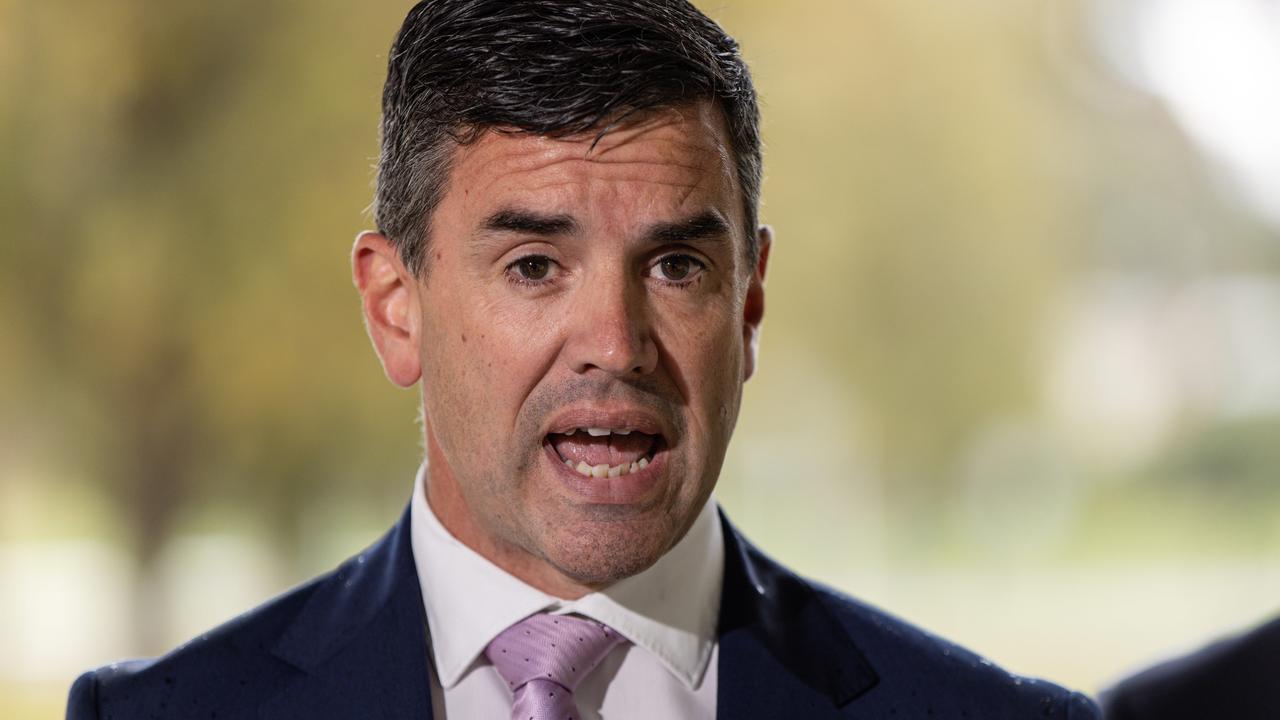Victoria ‘bereft’ of capacity to manage major fires, floods and storms
Victoria’s capacity to manage major bushfires, floods and storms has collapsed, with a significant drop in the number of incident controllers on hand.

Victoria
Don't miss out on the headlines from Victoria. Followed categories will be added to My News.
Victoria’s capacity to manage major bushfires, floods and storms has collapsed, with a significant drop in the number of top-tier incident controllers on hand, compared to the devastating 2009 Black Saturday fires.
The 2009 Victorian Bushfires Royal Commission found “the shortage of level 3 Incident Controllers on (Black Saturday) revealed serious problems in the selection, training and accreditation processes for these officers”.
CFA and SES volunteers, Victoria’s Inspector General for Emergency Management and even the man who led the investigation into Black Saturday fires, Jack Rush, have repeatedly called on the Andrews government to lift incident controller and management team numbers.
Mr Rush said the failure to not only maintain, but increase, the expertise needed to manage fires left Victoria “bereft of key safeguards to manage the inevitable crisis”.

“It’s just not good enough,” Mr Rush said. “It’s a further demonstration of the complete disregard by this government of the importance of not only maintaining, but increasing expertise to fight fires.”
During major disasters, level three incident controllers and their teams are appointed to each metropolitan or regional event, co-ordinating the on-ground response, rescues and evacuation warnings.
Following Black Saturday, the former Brumby Labor Government committed $28 million to train more L3 incident controllers, which the Coalition Baillieu-Napthine government then lifted to 152 by the end of its term in 2014.
Since then the number of L3 incident controllers, recruited from the ranks of both career and volunteer emergency services, slumped to a low of 62, according to the Department of Justice 2021-22 annual report.
The Andrews government cut the L3 controller recruitment and training target to 129 when it came to power in 2014, then 92 in 2020-21 and 70 last financial year, blaming the shortfall on Covid and “a reduction in capability due to unanticipated retirement, resignation, or re-accreditation decisions”.
A government spokesperson yesterday said Victoria now had 85 L3 incident controllers which “come from a wide range of agencies and departments”. “Victoria’s emergency management sector is well resourced and prepared for emergencies all year around, including over the highest-risk weather season,” the spokesperson said.
Problems with emergency management capacity have repeatedly been highlighted over Labor’s eight years in power.
In 2017, Victoria’s Inspector General for Emergency Management found all senior regional managers in agencies responsible for fires reported shortages of personnel for critical leadership roles during the summer fire season.
In 2018, The Weekly Times reported just 76 level three controllers were on hand, with Mr Rush at the time expressing alarm at the drop in numbers, stating the decline was “extraordinarily disappointing”.
Volunteer Fire Brigades Victoria chief executive Adam Barnett said members of the state’s Volunteer Consultative Forum, representing 100,000 volunteers from across the CFA, SES, Red Cross and other agencies, had repeatedly called for more L3 controllers drawn from career and volunteer ranks, but to no avail.

Mr Barnett said the vast majority of IMT training courses continued to be scheduled Monday to Friday, during business hours, with “volunteers simply unable to attend during business hours, due to their jobs or other commitments”.
Vic SES Volunteer Association president Faye Bendrups said: “There needs to be flexible after hours and weekend alternatives to running IMT training courses during a regular working week, so volunteers can attend.”

Not only has that advice been ignored, Emergency Services Minister Jaclyn Symes axed the forum earlier this month.
The problem of incident management is not just confined to training and retaining L3 incident controllers.
In November 2021, Emergency Services Victoria paid Nous Group consultants $907,488 for a report that found major shortfalls across all fire and flood emergency management roles, from level two and three controllers to operations, planning, logistics, public and intelligence officers.
While EMV had a target of 216 volunteers and career staff trained in each role, Nous found there were just six level three intelligence officers, 31 logistics officers (with 36 in training) and 34 planning officers (with 45 in training).
“Some argue that we are not fully utilising existing resources, especially emergency management volunteers, but the far more commonly held view is that there are simply not enough people available,” the report found.
In examining the emergency response to the June 9, 2021 storms, the Nous Group found the SES had been caught short after 80 per cent of its staff were deployed to co-ordinate the Gippsland flood response, leaving it unable to staff another incident management team once more than 7000 requests for assistance poured in from the Dandenong Ranges.
The Nous Group concluded the government should establish a team of 400-500 public servants in a ‘reservist’ model to boost IMT roles, spending 40 days each year on training, exercising and deployment in emergency management.
However it appears no action has been taken to adopt this model, which would exclude volunteers from the role.
The 2009 Black Saturday Royal Commission specifically noted that volunteers brought particular skills that were extremely valuable to the position of L3 controllers in incident management teams.
More Coverage
Originally published as Victoria ‘bereft’ of capacity to manage major fires, floods and storms




